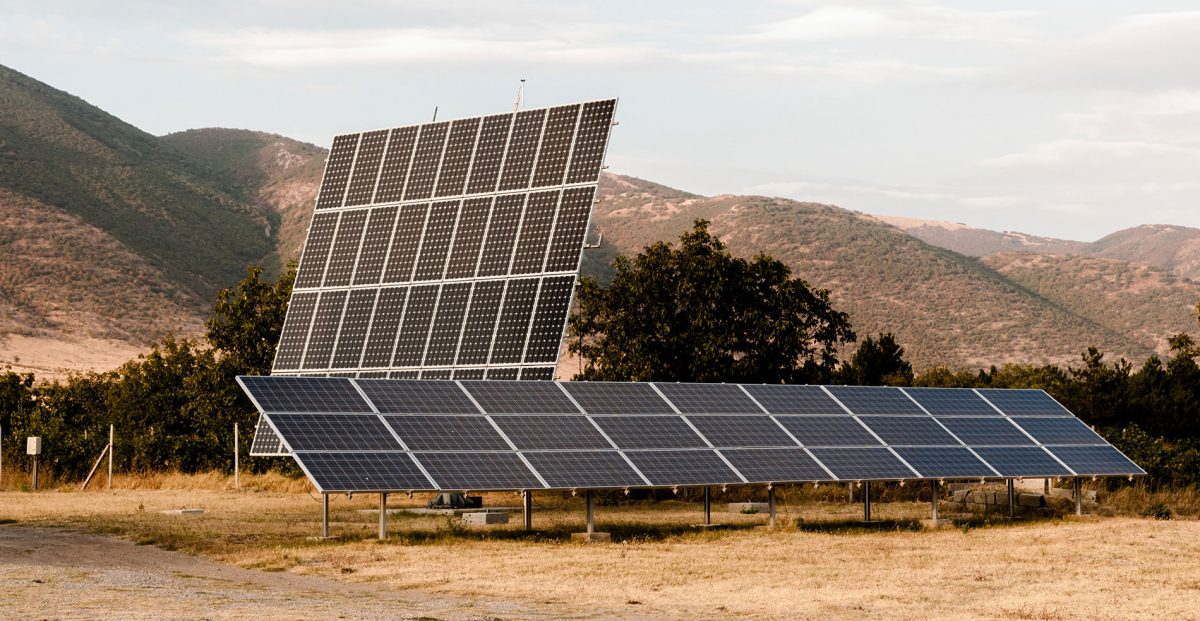Single-axis solar trackers can boost energy production by 25-35% compared to fixed-tilt arrays, making them a crucial part of any utility-scale solar project. However, not all solar trackers are created equal. The growth of the utility-scale solar market has led to many new tracking systems hitting the market, so it’s important to know what to look for to ensure your solar tracker meets your needs.
Below are the top five things you’ll want to look for when choosing a utility-scale solar tracker.
1. Supply Chain Dependability
When unexpected events occur, the ripple effects are felt throughout the supply chain. This has been perfectly demonstrated by the recent disruptions to the global supply chain, including during the COVID-19 pandemic and the instability created by the invasion of Ukraine by Russia. The logistical delays and bottlenecks experienced during these periods made shipping materials from overseas more expensive and time-consuming. One way to bypass such disruptions is to source your solar trackers locally.
Furthermore, solar project developers who use “American-made” solar supplies are eligible for a 10% bonus tax credit via the Inflation Reduction Act (IRA), although the official guidelines have yet to be finalized. Be sure to ask about your solar tracker’s domestic content percentage and U.S. supply chain options.
2. Slope Tolerance
Installing utility-scale solar trackers on natural terrain can be challenging and expensive if grading is required. Tracker systems with greater slope tolerance are ideal due to their ability to effectively track the sun’s movement even with varying levels of slope or incline.
The Nevados All Terrain TrackerⓇ (ATTⓇ) can handle up to 37% absolute slope in any direction and 26% slope change at each foundation. This increases your site options by allowing you to install solar on areas with steep terrain, rolling hills, or risk of differential settlement.
3. Interoperability
The last thing you want to find out while designing a new utility-scale solar system is that your solar tracker can’t accommodate the modules you’d like to use. Be sure to find a tracker that works seamlessly with multiple sizes of modules to ensure your projects go off without a hitch even if you change up your components.
4. Ease of Installation
The more complicated a solar tracker’s installation process is, the more costly and time-consuming it will be. Trackers requiring specialized tools could delay your construction timeline and make repairs and replacements more expensive.
Be sure to look for a tracker that is easy to install. The Nevados All Terrain TrackerⓇ, for example, installs at chest height without the need for any special tools or jigs. This makes it easy to train your installers and work through a large volume of installations quickly.
5. Integrated Technology
It is more cost-effective to buy a tracking system that comes with everything you need for optimal operation. Therefore, in addition to the physical tracker, you’ll want to find a solution that includes the digital control software to help you with everything from weather adaptation to remote monitoring.
Being an all-in-one technology platform, the Nevados ATTⓇ is sold with all its essential tools. This includes the intelligent TRACE software that enables terrain-aware backtracking schedules, real-time performance monitoring, and automatic stowing during high winds and flooding.
Optimize Your Solar Production with the Nevados All Terrain Tracker
The Nevados ATTⓇ is a complete solar tracking solution for utility-scale projects. Its industry-leading engineering helps you eliminate grading and reduce site work costs without sacrificing durability or performance. Contact the Nevados team today to learn more about our solar tracker system.




